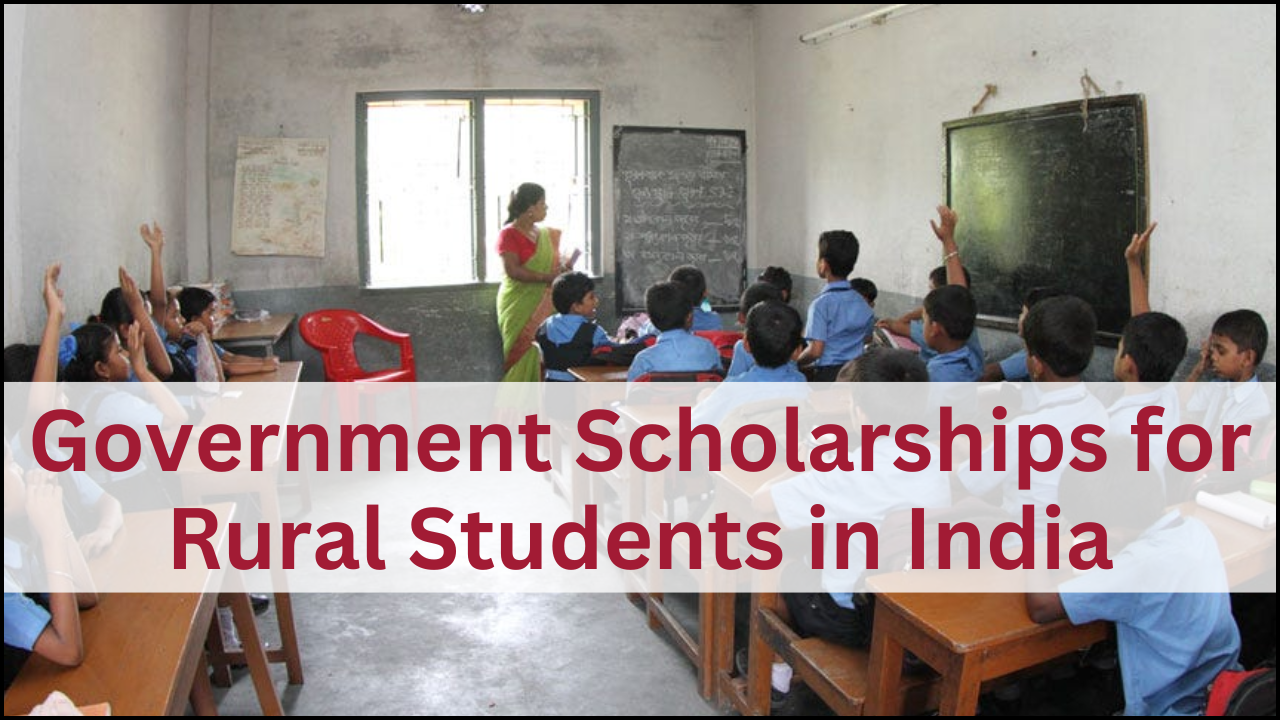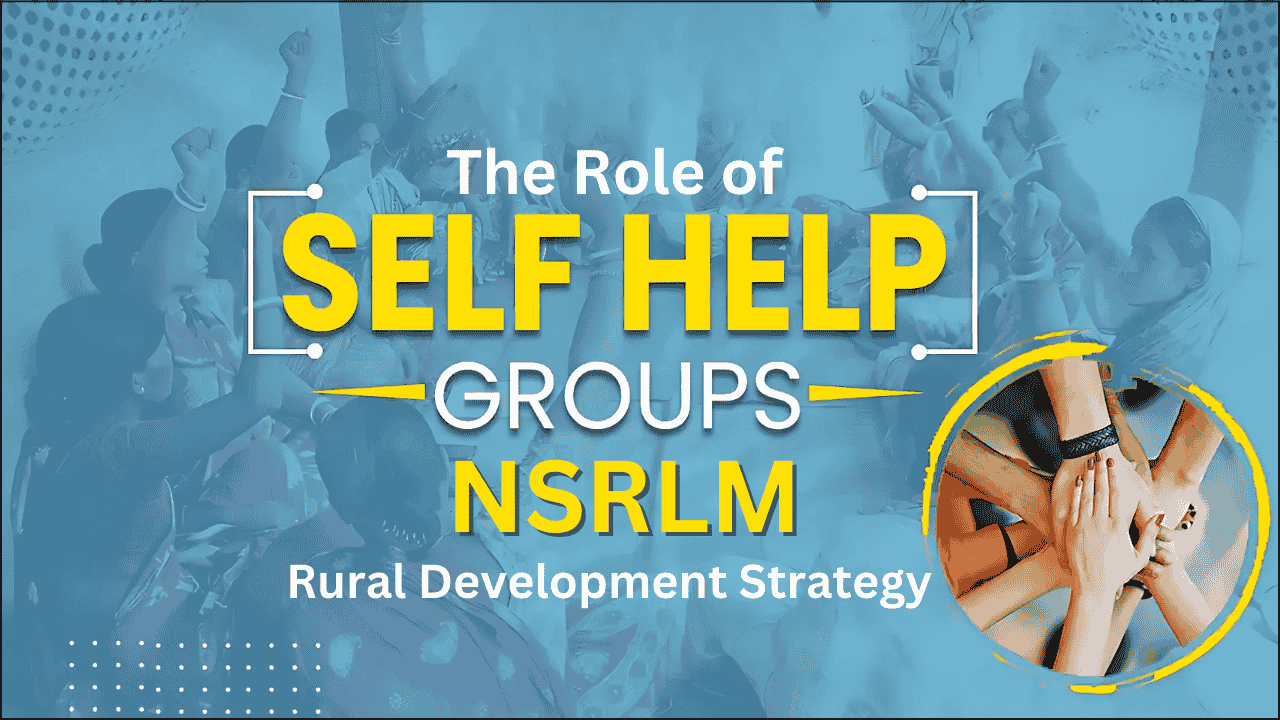Nagaland Rural Livelihoods Mission
The Nagaland Rural Livelihoods Mission (NSRLM) is a registered society established by the Rural Development Department, Government of Nagaland. It was formed on September 13, 2012, under the Society Registration Act, of 1860, and the Nagaland Societies Registration (Nagaland Third Amendment) Act, of 2008. The mission is responsible for implementing the Deendayal Antyodaya Yojana-National Rural Livelihood Mission (DAY-NRLM) in the state.
What is DAY-NRLM?
DAY-NRLM is a flagship poverty alleviation program run by the Ministry of Rural Development, Government of India. Its goal is to organize the rural poor into Self-Help Groups (SHGs) and empower them with self-employment opportunities.
This initiative evolved from the Swarnjayanti Gram Swarozgar Yojana (SGSY), launched in 1999, which aimed to provide income-generating assets to Below Poverty Line (BPL) households. However, the evaluation of SGSY by institutions like National Institute of Rural Development (NIRD) and Bankers Institute of Rural Development (BIRD) showed mixed results. The lack of comprehensive support systems and skill training highlighted the need for restructuring.
As a result, the Ministry of Rural Development (MoRD) launched DAY-NRLM on June 3, 2011, making it one of the world's largest poverty eradication initiatives.
Objectives of NSRLM
The Nagaland Rural Livelihoods Mission (NSRLM) works towards sustainable economic empowerment by focusing on:
- Organizing Poor Households: Forming Self-Help Groups (SHGs) and their federations.
- Providing Financial Support: Enhancing access to bank credit and financial resources.
- Skill Development: Offering training programs for sustainable livelihood opportunities.
- Market Linkages: Connecting rural producers with wider markets and economic networks.
- Converging Government Schemes: Ensuring access to social and economic support services for the poor.
Key Features of NSRLM
| Feature | Description |
|---|---|
| Target Beneficiaries | Poor rural households in Nagaland |
| Approach | Livelihood-based poverty alleviation |
| Institutions Involved | SHGs, Federations, Government Agencies |
| Skill Development | Vocational training, entrepreneurship support |
| Financial Access | Microfinance, bank loans, self-funding models |
| Implementation Model | Community-driven approach |
Guiding Principles
The NSRLM operates on the following fundamental principles:
- Poverty Reduction through Self-Reliance: The poor have the potential to improve their situation when given proper resources.
- Community Mobilization: Forming strong grassroots institutions helps empower the rural poor.
- Dedicated Support Structures: A responsive system is necessary for skill-building, credit access, and market linkages.
- Transparency and Accountability: Ensuring fair practices in all processes and decision-making.
Core Values of NSRLM
The mission is guided by essential values that ensure success:
- Inclusion of the Poorest: Reaching out to the most vulnerable sections of society.
- Transparency and Accountability: Making all processes open and fair.
- Empowerment of the Poor: The community actively participates in planning, implementation, and monitoring.
- Self-Dependence: Encouraging self-reliance in rural development.
How NSRLM Works
The mission operates through a structured process that ensures efficiency and effectiveness:
- Social Mobilization: Identifying and organizing poor households into SHGs.
- Financial Inclusion: Providing access to banking services, loans, and microfinance.
- Skill Training: Offering vocational courses to improve employment opportunities.
- Entrepreneurship Support: Encouraging self-employment through small businesses.
- Market Integration: Connecting rural producers to local and national markets.
Impact of NSRLM in Nagaland
The implementation of NSRLM has brought significant positive changes:
- Thousands of SHGs have been formed, providing financial independence to women.
- Improved access to credit has enabled rural entrepreneurs to grow their businesses.
- Enhanced employment opportunities have helped reduce poverty levels.
- Stronger community networks have led to better social and economic development.
Future Goals
The Nagaland Rural Livelihoods Mission aims to further expand its reach by:
- Strengthening existing SHGs and federations
- Introducing more skill-based training programs
- Enhancing digital access to financial services
- Improving Rural Entrepreneurship Opportunities
- Fostering partnerships with private sectors
What We Do
The NSRLM focuses on various core areas to ensure sustainable development and poverty alleviation:
- Monitoring, Evaluation & Learning (MEL)/Management Information Systems (MIS): NSRLM consistently reviews its progress through qualitative and quantitative analysis. The MEL framework helps in data-driven decision-making and evaluation of impact.
- Procurement: The mission follows a structured procurement policy for goods, civil works, and services at state, district, and block levels to ensure smooth implementation.
- Human Resources: With Nagaland’s diverse social and cultural landscape, NSRLM ensures inclusive policies in staffing and program implementation to cover all districts effectively.
- Financial Inclusion: The mission facilitates affordable financial services to help poor and vulnerable groups escape the debt trap and invest in livelihood assets.
- Convergence & Partnership: By leveraging government schemes, NSRLM integrates programs such as MGNREGS, PDS, social security, and healthcare to improve the quality of life.
- Livelihood Promotion: Since rural households rely on multiple income sources, NSRLM focuses on enhancing and stabilizing farm and non-farm activities.
- Social Inclusion & Mobilization: NSRLM organizes poor households into self-managed institutions, providing them with voice, resources, and opportunities for collective growth.

Government Scholarships for Rural Students in India

How Digital Learning is Changing Rural Education

Best Government Hospitals in Rural Areas of India

Profitable Business Ideas for Rural Areas in India

Top 5 Rural Development NGOs in India

The Role of Self-Help Groups in NSRLM, Rural Development Strategy

NSRLM and Climate Resilience, How NSRLM Can Support Sustainable Rural Communities

NSRLM’s Financial Literacy Programs, Empowering Rural Communities

